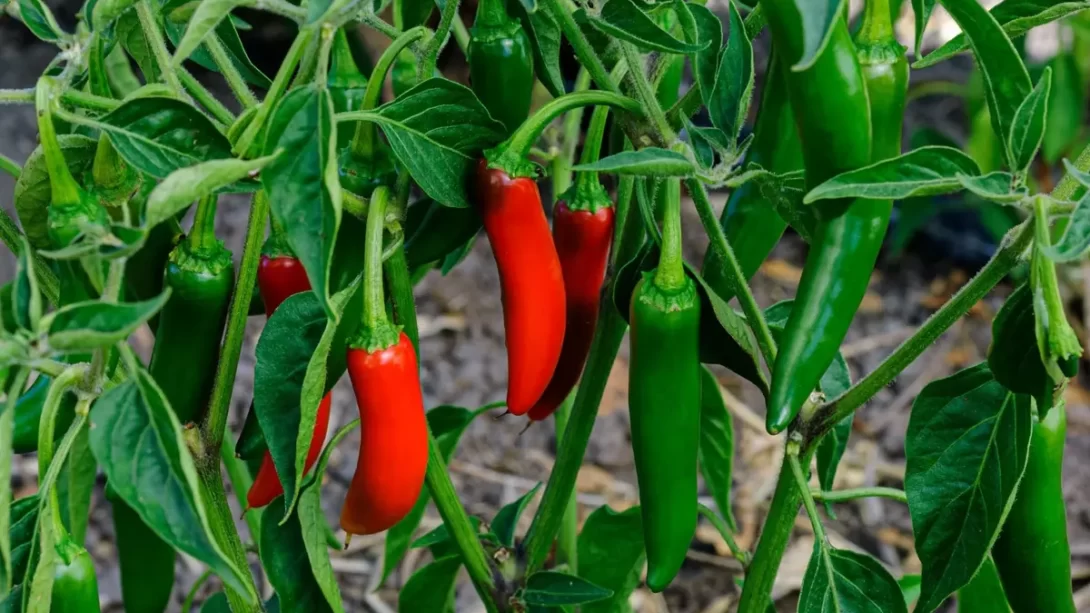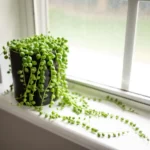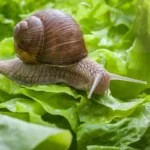Jalapeño peppers are a staple in many culinary traditions, celebrated for their perfect balance of heat and flavor. For gardeners and pepper enthusiasts, knowing the ideal time to harvest jalapeños is key to enjoying their full flavor and spice. This article provides a comprehensive guide on the best time and practices for harvesting jalapeño peppers, ensuring a bountiful and tasty yield.
Jalapeño Peppers
Jalapeño peppers are medium-sized chili peppers with a mild to moderate heat level, part of the Capsicum annuum species. They are typically green when immature and turn red as they ripen, although they can be harvested and eaten at either stage. Jalapeños vary in heat, size, and flavor based on their variety and growing conditions. The growth cycle of jalapeño plants, from seeding to fruiting, plays a crucial role in determining the best harvesting time.
Signs of Ripeness in Jalapeño Peppers
To ensure you pick jalapeños at their best, look for these signs of ripeness:
- Color Change: Jalapeños start green and gradually turn a deeper shade of green, and eventually red, as they ripen. The color change often indicates increased sweetness and a more complex flavor profile.
- Size and Firmness: A ripe jalapeño typically measures 3 to 5 inches in length and has a firm, smooth skin. The pepper should feel solid and plump, with a slight give when gently squeezed.
- Texture Changes: As jalapeños ripen, they may develop small cracks, or ‘corking,’ around their stem. This is a natural process and often a good sign of maturity and flavor development.
- Flavor and Heat: The heat level of jalapeños increases as they ripen. If you prefer milder peppers, consider harvesting them when they are still green. For more heat and sweetness, wait until they start turning red.
Optimal Time for Harvesting
Jalapeño peppers usually take between 70 to 90 days from planting to reach maturity. However, this can vary based on factors like climate, weather conditions, and the variety of jalapeño. In warmer climates, peppers may mature faster. Regular monitoring of your plants is essential to determine the best time to harvest.
Harvesting Techniques
Harvesting jalapeño peppers at the right time and in the right way is crucial to preserving their quality and flavor. Here are some effective techniques:
- Use of Tools: Use a sharp knife or a pair of pruning shears to cut the stem of the jalapeño pepper, leaving a short stub above the fruit. This method helps prevent damage to both the plant and the fruit.
- Gentle Handling: Jalapeño peppers should be handled gently to avoid bruising. Firmly but gently grasp the pepper and cut it from the plant without pulling or twisting, which could damage the plant.
- Safety Precautions: When harvesting jalapeños, it’s advisable to wear gloves, especially if you have sensitive skin or are handling a large number of peppers. The capsaicin in the peppers can cause irritation.
Post-Harvest Handling and Storage
Proper handling and storage after harvesting are key to maintaining the quality of jalapeño peppers:
- Immediate Use: If you plan to use the peppers immediately, washing them under cool running water is sufficient. Pat them dry to remove any excess moisture.
- Storing Fresh Peppers: For short-term storage, place the jalapeños in a plastic bag and store them in the refrigerator. They typically stay fresh for about a week.
- Long-term Preservation: For long-term storage, jalapeños can be dried, pickled, or frozen. Drying is a popular method as it intensifies the heat and flavor of the peppers, while freezing offers a convenient way to preserve their fresh taste.
Common Issues and Solutions
Growing jalapeños can sometimes present challenges. Common issues include:
- Pests and Diseases: Watch out for pests like aphids and diseases such as blossom end rot. Regular inspection and timely interventions, such as using natural or chemical pesticides, can help manage these problems.
- Irregular Watering: Both over-watering and under-watering can affect the health of the plants and the quality of the peppers. Maintain a consistent watering schedule, ensuring the soil is moist but well-drained.
Conclusion
Harvesting jalapeño peppers at the right time is essential for enjoying their optimal flavor and heat. By observing the key signs of ripeness, such as color change, size, and texture, gardeners can determine the best time to harvest these popular peppers. Whether you prefer them milder and green or hotter and red, the timing of your harvest can significantly impact their taste profile.
Employing proper harvesting techniques is not only important for the health of the pepper plants but also for ensuring the quality of the peppers themselves. Using the right tools and handling the peppers gently can prevent damage and maximize yield. Additionally, wearing protective gloves is a simple yet effective way to avoid skin irritation from capsaicin.
Post-harvest, handling and storage practices play a crucial role in maintaining the freshness and flavor of jalapeño peppers. Whether using them immediately or preserving them for future use, methods such as refrigeration, drying, pickling, or freezing can help extend their shelf life.
Dealing with common issues like pests and watering problems promptly can ensure a healthy growth environment for jalapeño plants, leading to a successful harvest. Regular monitoring and care are key to overcoming these challenges.
In conclusion, whether you are a seasoned gardener or a beginner, understanding when and how to pick jalapeño peppers can enhance your gardening experience. With these tips and insights, you can enjoy the fruits of your labor in various culinary creations, from spicy salsas to flavorful dishes, making the most of this versatile and beloved pepper.



